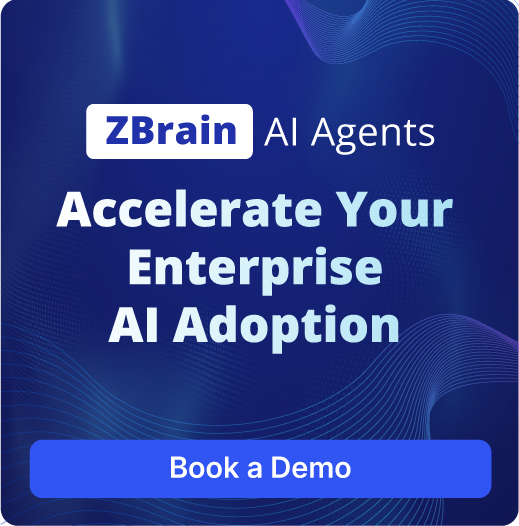
Salesforce Next Best Action Agent
Streamlines case resolution by summarizing cases, displaying resolution status, and providing next-step recommendations using past case knowledge.

Salesforce Service Copilot
Salesforce Service Copilot streamlines case resolution by providing AI-driven insights, automating responses, and enhancing support efficiency.

Salesforce Next Best Action Agent
Streamlines case resolution by summarizing cases, displaying resolution status, and providing next-step recommendations using past case knowledge.

Salesforce Service Copilot
Salesforce Service Copilot streamlines case resolution by providing AI-driven insights, automating responses, and enhancing support efficiency.
Strengthen Customer Support with ZBrain AI Agents for Case Resolution and Knowledge Management
ZBrain AI Agents for Case Resolution and Knowledge Management help streamline customer service operations by automating key tasks such as ticket handling, knowledge base updates, inquiry routing, and real-time issue resolution. These AI-powered agents are built to improve response times, reduce manual workloads, and increase service accuracy. By integrating ZBrain agents into support workflows, teams can efficiently manage large volumes of inquiries, keep knowledge resources current, and ensure that customer issues are addressed quickly and effectively, freeing up staff to focus on complex cases and personalized interactions. Designed for seamless integration, ZBrain AI agents adapt easily to existing service systems and processes. They enable intelligent ticket routing, automated case tracking, and real-time updates to knowledge bases, ensuring accurate information is always available to both agents and customers. By automating these processes, ZBrain agents supports consistent, high-quality service delivery while helping teams stay organized and responsive. This leads to faster resolutions, improved operational efficiency, and a better overall customer experience.

